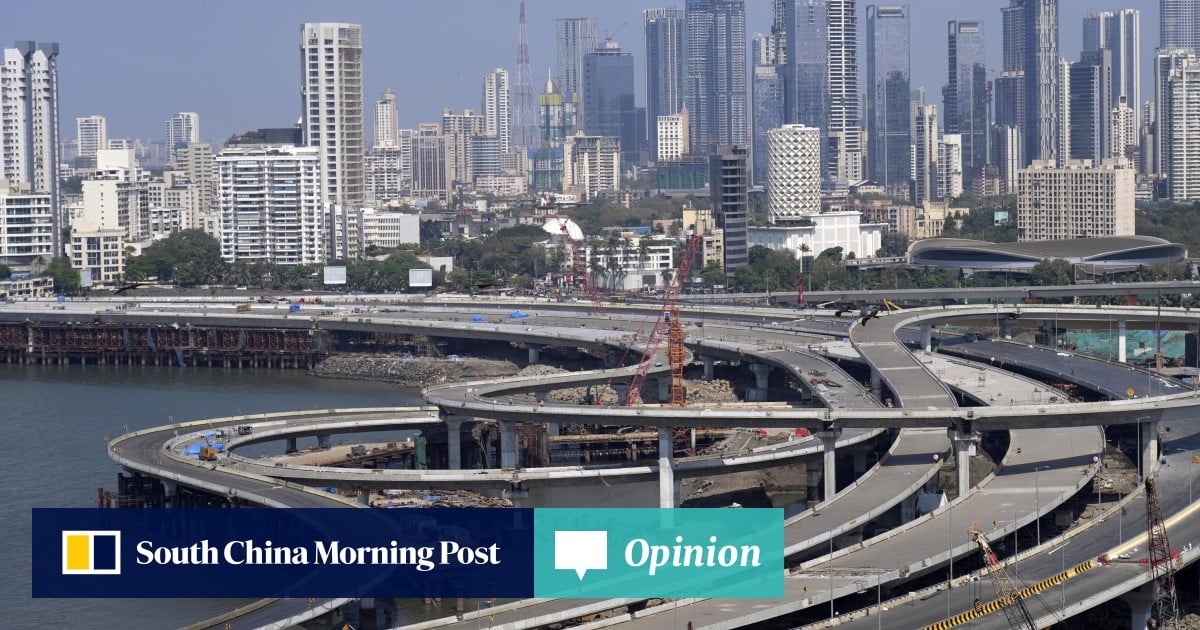A
sia's real estate landscape is marked by significant divergences and idiosyncrasies. The contrast between Seoul's resilient office market and Hong Kong's struggling counterpart, or Japan's mature rental housing market versus its nascent peers elsewhere in the region, highlights the sector's lack of homogeneity. Among leading economies, China and India's performance gap is particularly striking.
China's housing crisis has severely damaged confidence, prompting the government to consider scrapping the pre-sales model and restricting supply to stabilize prices. Unfinished properties accounted for 90% of new home sales when the crisis began in 2021. Despite early signs of recovery, new and second-hand house prices are now contracting again. Real estate investment declined by 10.7% in the first five months of this year.
In mainland China's commercial property sector, sentiment is the most downbeat among leading Asia-Pacific markets, according to a CBRE survey. Chinese equities, particularly Hong Kong-listed shares, are attracting more interest from global investors due to diversification efforts away from the US. However, mainland China and Hong Kong are the least-preferred commercial property markets in the region for cross-border investors.
China's office market has seen net take-up collapse since 2021 while supply remains at pre-pandemic levels, resulting in a severe imbalance that pushed the average vacancy rate to 23.5% in the first quarter. Vacancy rates are particularly high in Shanghai and Beijing, with grade A office rents falling sharply in the first quarter.














